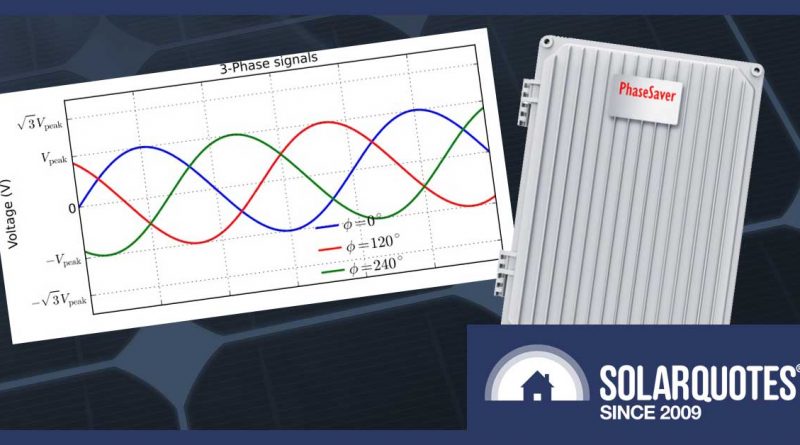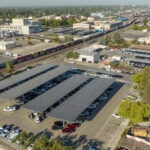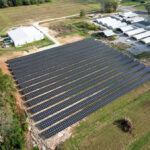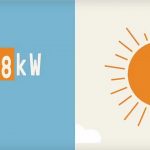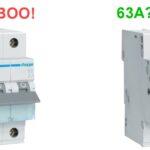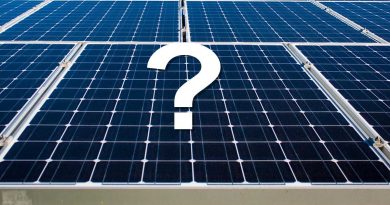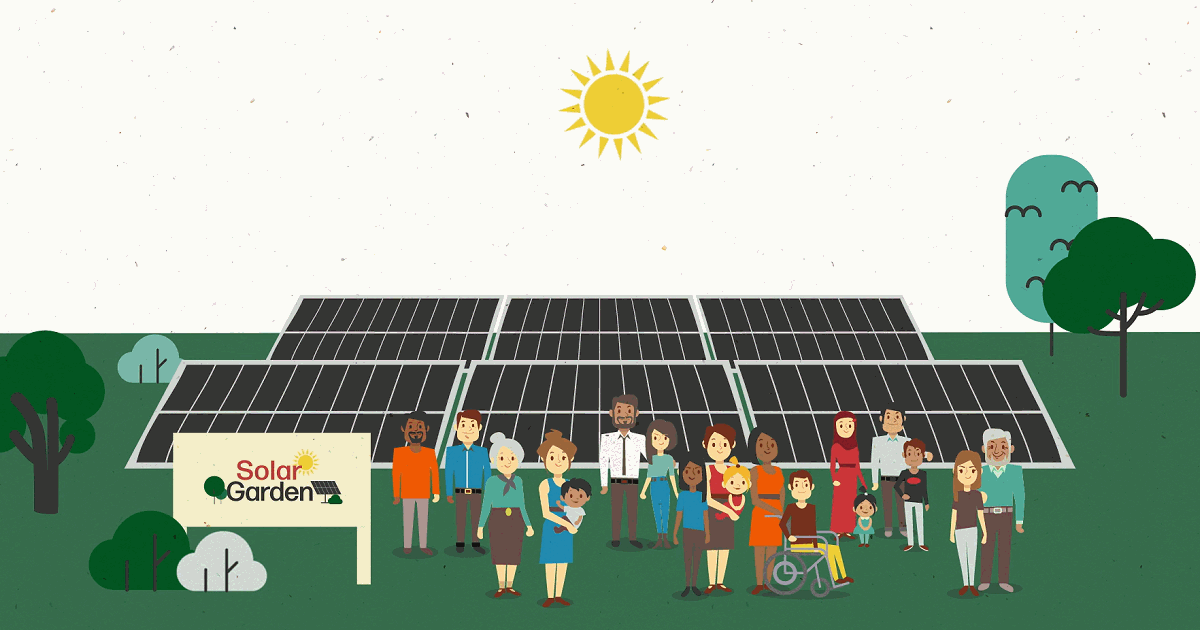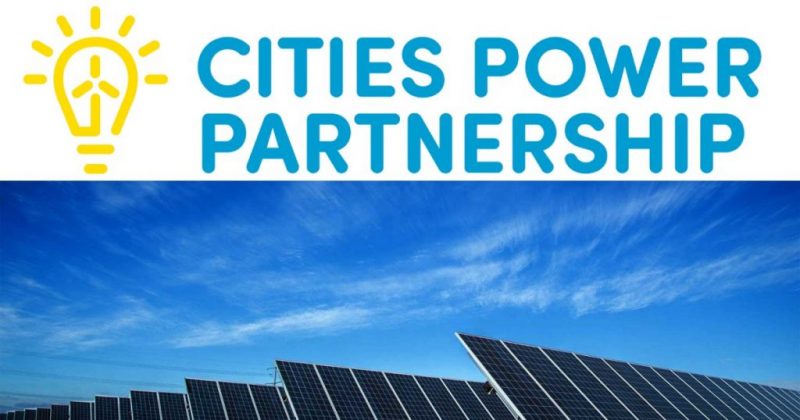Kiwi Startup Readies Three-Phase Power Balancer For Market
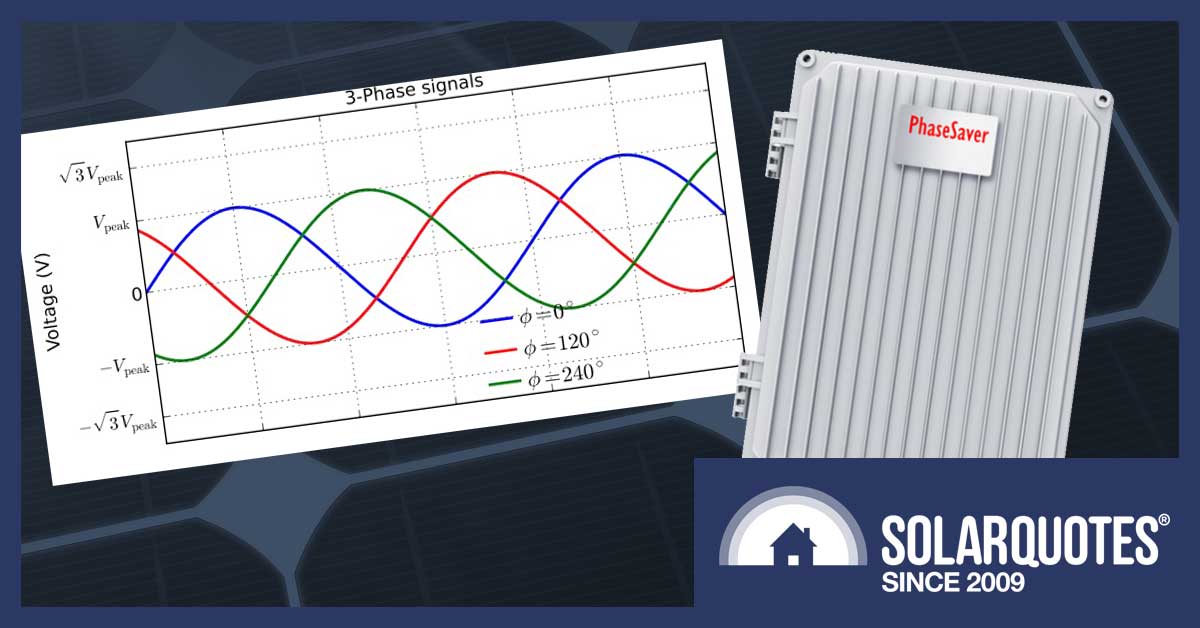

Compared to Australia, New Zealand is a mere beginner in the adoption of household solar power – while Australia had 2.68 million installations at the end of 2020 (source: CSIRO), New Zealand had just 33,771 solar installations at the end of July 2021 (source: Electricity Authority).
Like Australia in the early days of its solar rollout, New Zealand is having to create regulatory settings for an emerging market – a notable example being the decisions surrounding metering. And that’s what brought a curious difference between here and Aotearoa: how metering is applied to three-phase household connections where the solar energy is exported on one phase only.
Three-Phase Trickery
Those with long memories might recall an article penned by SolarQuotes founder Finn Peacock for RenewEconomy in 2015, in which he castigated the “three-phase trickery” employed by some utilities. However, it was and remains a claim made by installers that hasn’t been independently verified.
The claim was while most electricity retailers subtracted the household’s exports from the total they were consuming across all three phases, some 3 phase meters were configured to subtract exports from imports only on the phase the solar was connected to.
The difference in electricity bills between the former and the latter configuration can be substantial. Imagine using 3 kW on every phase while simultaneously generating 9 kW of solar power. A three-phase meter in the former configuration would count this as zero net consumption for billing purposes and would cost you nothing. But the latter configuration would bill it as 6 kW of exports and 6 kW of imports. With feed-in tariffs lower than usage tariffs, you are no longer getting free power.
Thankfully in Australia, this misconfiguration of 3-phase meters appears to have ended. But in New Zealand it doesn’t only continue to this day – it’s regulated that way, as was explained to us recently by Dustin Murdock of Red Phase Technology, a two-month-old startup.
At 7c per kWh export and 30c per kWh import, it’s an important issue, Murdock said.
“In NZ, they charge you for exporting at the same time as you’re importing,” he told us.
“So, for New Zealand two- or three-phase customers, if you want your solar to pay off, you want to maximise self-consumption.”
And, of course, because Kiwis can’t rely on their 3-phase meter to net the phases, they want their consumption and production balanced across the phases.
Solving The Problem
Murdock and co-founder Robert Turner have put together a straightforward solution: a device that makes sure loads and solar energy generation are equally distributed across the customer’s two or three phases.
The balancer is yet to be launched, so its name isn’t yet settled.
“That’s where the box of tricks comes in – it pulls power from each phase that has excess generation, and puts it where there’s excess load, so the meter doesn’t see an import”, Murdock said. The box itself is simple power electronics, he added.
“Your solar installer could do it if they were motivated.”
But the extra effort involved doesn’t really fit a business model focused on installing commodity products with increasingly tight margins.
I’d love some data to confirm or contradict this, but it seems there are more multi-phase households in New Zealand as a proportion of customers than in Australia, where the default installation is single-phase.
Murdock told SolarQuotes he believes two- or three-phase households could make up as much as 15% of the total.
“Somewhere between 10% and 20% of people get stuck with this problem.”
And while the NZ solar market is tiny at the moment, it’s likely to grow; making multi-phase metering likely to emerge as a consumer protection issue in the future.
As Murdock told us:
“The solar industry wants the government to change the metering rules, but that’s not working at the moment.”
There is, however, another possible benefit to equalising exports and loads across multiple phases – or will potentially be, when New Zealand reaches higher solar power penetration.
Application In Australia
Australia’s experience is informative here: readers will be familiar with networks attributing voltage rise to excess solar exports, and the resulting regulatory action underway to try and address the issue (Ronald Brakes discussed export limits last December).
If there are a number of two- or three-phase customers on one transformer and their single-phase inverters are all configured to export only on the blue phase, they’ll cause a bigger voltage rise on that phase than if the exports are balanced across phases.
While he hasn’t yet conducted research or marketing covering utilities, Murdock said he can imagine distributors being interested,
“because you can imagine this little device tidying up the loads on distribution networks”.
Original Source: https://www.solarquotes.com.au/blog/three-phase-power-balancer/

